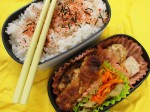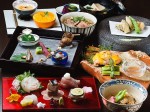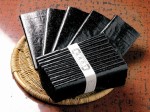Mochi! A Japanese favorite
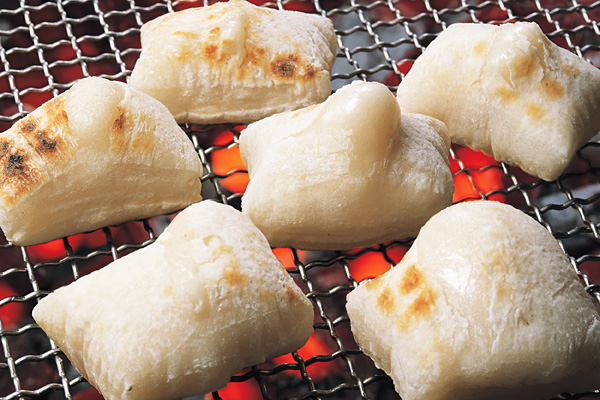
Have you tried Mochi?
There are few Japanese who dislike mochi.
With its varied forms of cuisine, mochi is deep rooted in Japanese culture and traditions.
Mochi is made by steaming mochi rice, then pounding it in a mortar until sticky.
It’s common for families to buy mochi in square cut pieces.
Mochi has a unique stickiness and swells out when you bake it and melts when you boil it.
To an overseas person, it seems like a very interesting food.
A history of Mochi is the latter period of the Jomon period.
It came from Southeast Asia with rice crops.
In the Heian era, mochi was used as an offering to the gods during every season and ceremony.
This is the birth of “Kagami-mochi”.
From this time, it became the indispensable food as an offering during Buddhist sacred rites.
When it is the Muromachi era, tea ceremony develops.
Mochi came to be used as a tea ceremony cake.
And I came to be eaten by various cooking methods.
Even now it is customary to eat mochi during festivals, New Years, and the changing of the seasons.
Originally mochi was a special dish eaten during sacred rites and auspicious events, but the custom expanded over time to include the dish at seasonal events such as Tanabata or Obon, the end of winter, Girl’s Festival, Boy’s Festival, etc.
mochi is a part of cuisine that is indispensable to Japanese life and events. This heritage lives on even today.
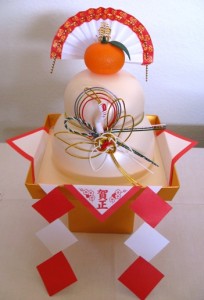
There are a lot of preservation methods available these days that allow mochi to be consumed throughout the year. The cuisine has expanded to include many recipes using mochi.
Some famous desserts are oshiruko, kinako mochi, dango, daifuku, goheimochi, warabi mochi. A traditional soup dish is the ozouni, which is a piece of mochi placed inside a clear soup.
Inspired by Western desserts, mochi comes in many fusion items, such as cakes and mochi ice cream.
There is a great variety of mochi recipes.
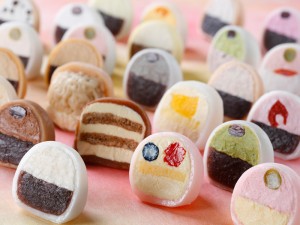
Mochi that is loved by all – why don’t you try some next time you’re in Japan!







